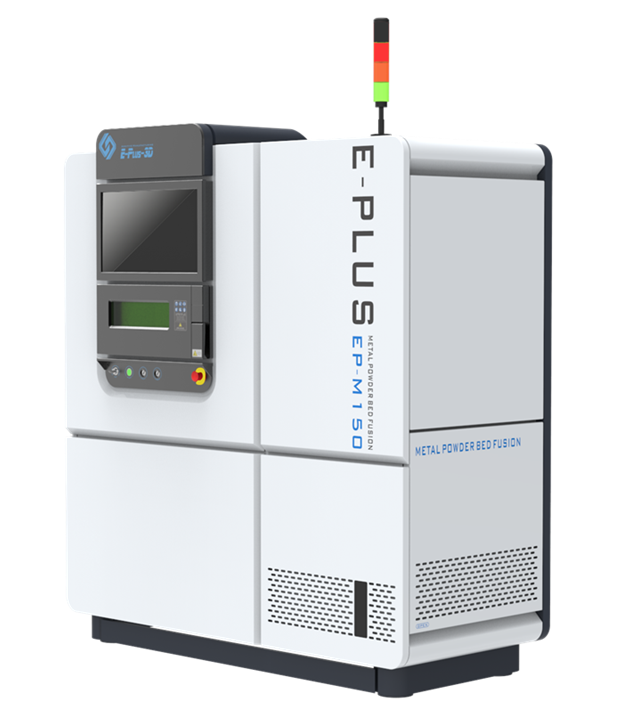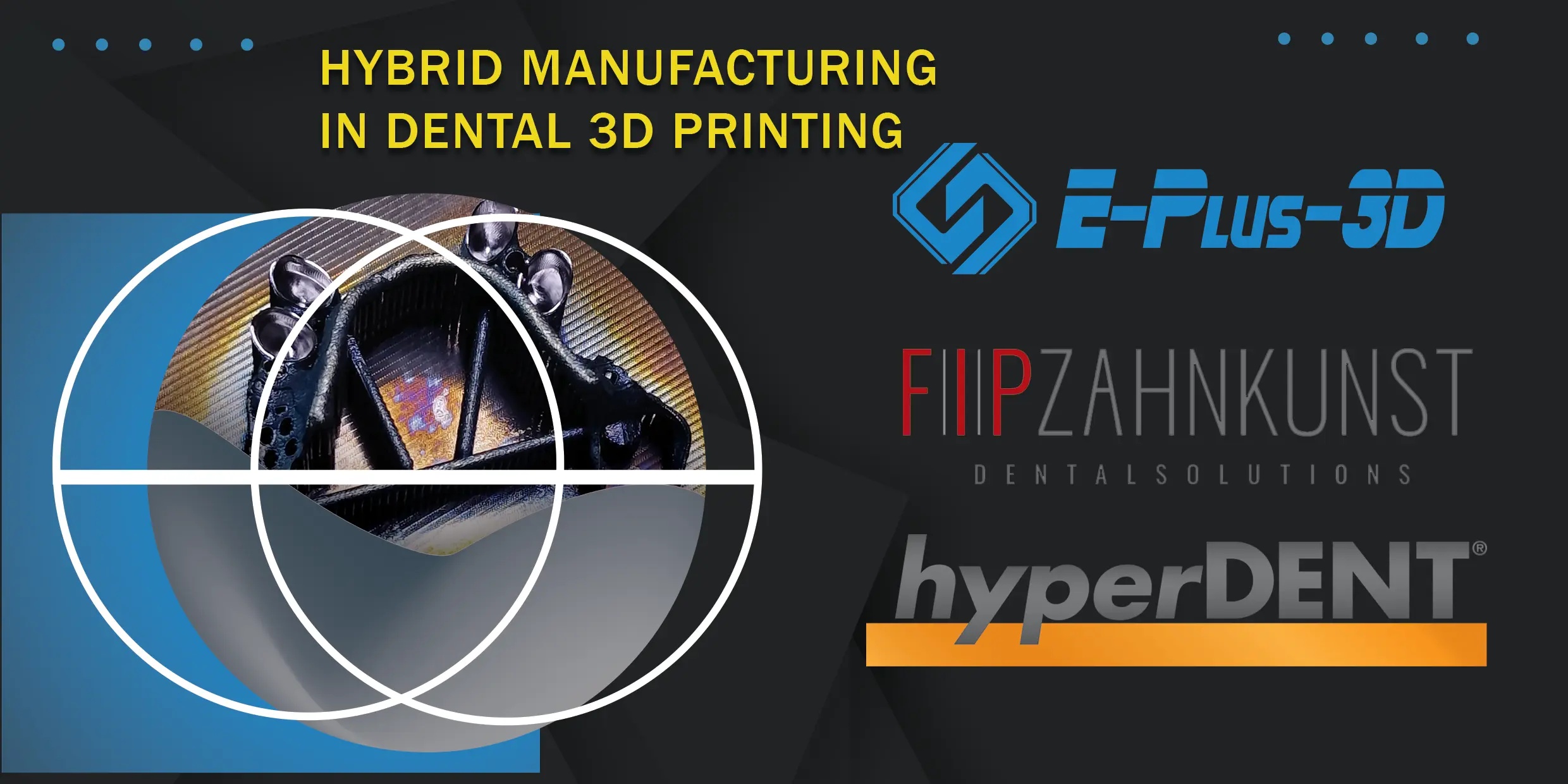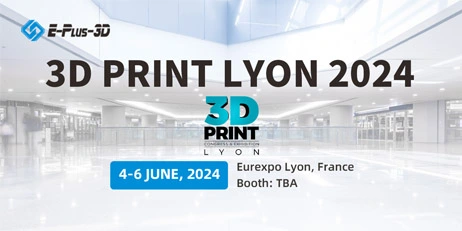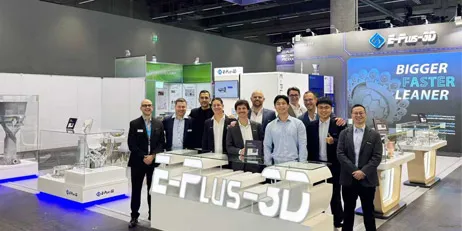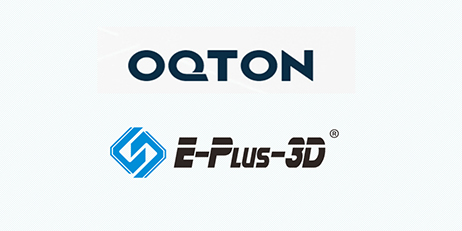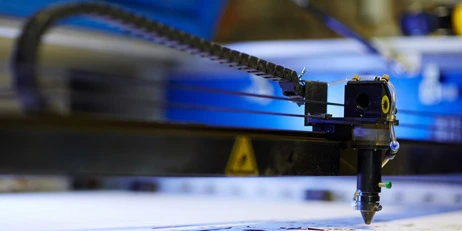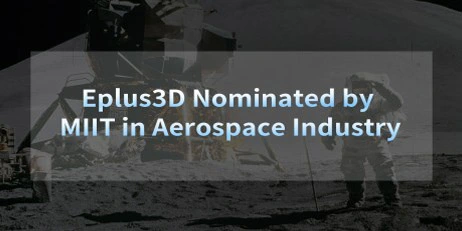This case study is going to highlight the potential of Hybrid Manufacturing in the dental industry. The dental industry is an excellent example of the need of highly customized hybrid manufacturing parts due to human individuality and companies like FIP Zahnkunst who want to produce highest quality, tailored products for their customer in the most efficient manner. FIP Zahnkunst has noticed in the past a tough labor market situation and increasing costs. With Hybrid Manufacturing, established in 2021, based on Eplus3D’s EP-M150 and all its automatization advantages, he can overcome these issues and provide best for its customers.
Additive manufacturing is unleashing sheer endless opportunities for many companies and industries around the globe, to become more efficient and save cost or getting ahead of their time by benefiting from the freedom of geometry; customizability; flexibility or minimizing the workload. Metal Additive Manufacturing is becoming more mature and understood and is therefore integrated completely into existing production workflows. The term Hybrid Manufacturing describes a combination of additive and subtractive manufacturing methods, to benefit from both technologies. Hybrid manufacturing allows the fabrication of products to be done more efficiently and quickly by streamlining the design and manufacturing process. One common example of hybrid manufacturing is when you 3D print parts using Metal Powder Bed Fusion with a metal powder, followed by postprocessing subtractive machining. This machining has metal milling and polishing machine tools to smooth the surface of the part. Another example, in reverse, is subtractive machining being used to cut or mill a form from a piece of metal, followed by additive manufacturing that adds thin coats on this base to finalize the part.

In this case study, the first described kind of hybrid Manufacturing, which is used by FIP Zahnkunst GmbH, based in Osnabrück, Germany with its Eplus3D metal printer EP-M150 is explained.
The first measures need to be taken in order to bring the physical circumstances (patient’s teeth & gum or received positive impression) into the digital world in the form of an 3D-File is to use 3D-Scanning. This is currently done by scanning devices who create a point-cloud which further on is automatically transformed into a 3D-File, usually in an STL-Format. A 3D-Scanner is nowadays already state-of-the-art equipment of most dental labs.
Based on the created scan-model, the dental technician can then design the parts which needs to be produced using a dedicated Dental CAD-Software.
At the beginning of its hybrid-journey, it wasn’t hard for FIP Zahnkunst to choose a suitable CAM software, as they already had good experience using hyperDENT for their CNC-milling machine. The software hyperDENT, with its hybrid manufacturing module, covers the entire hybrid workflow through a variety of features. The software shows great compatibility with Eplus3D’s own developed hatching software EP-Hatch and features an implemented postprocessor to send the milling toolpath to customers CNC-machine. When importing the 3d-designs into the software, they are automatically checked for imperfections and healed if needed. Once the parts are healed, they need to be orientated and nested on the pre-defined printing platform of Eplus3D EP-M150 using a build plate of diameter 150 mm. During the automatic orientation and nesting process, the operator usually tries to fit as many parts as possible on the build platform, to maximize the utilization of the printer.

Then, the software is automatically recognizing the marginline/preparation boundaries set previously in the CAD design software. During this manufacturing setup in hyperDENT, the software recommends certain areas on which to add a pre-defined tool allowance of 0.2 mm. This additional material is then added onto the surfaces, which will be milled away (subtractive manufacturing) afterwards, in order to achieve the desired appearance and surface roughness. The printed parts and the milling tool paths are together nicely illustrated to doublecheck.
The traditional way of producing dental products is highly labor intense and takes a lot of time, even for an experienced dental technician. Next to that, the manual processes are more likely to produce errors. In the traditional way, a single product, like a partial framework, undergoes several, usually very complicated manufacturing stages:
• Teeth impression
• Mold manufacturing
• Planning and designing
• Duplicating
• Wax-up creation
• Investment modeling
• Investing the cast
• Melting and casting the partial framework
• Deflasking
• Sandblasting
• Fitting with additional soldering and spot welding if needed
• Polishing
All these steps above need specific tooling and equipment, which adds up in the cost per part calculation.

For FIP Zahnkunst, the integration of the hybrid process went very flawless because the milling strategy was already defined by FIP Zahnkunst when they implemented hyperDENT for the milling process only initially a few years ago.
After the slicing in hyperDENT, the dental technician will apply the metal 3d printer’s parameter strategy, which includes for example the speed and power of the laser onto the data using Eplus3D’s software EP-Hatch and then prepare the printer in order to start it. During the installation of the metal printer, these are taught well on customer site by Eplus3D’s local team of engineers in order to ensure confident and safe operation of the equipment at any time.
During the printing process, the EP-M150 works fully autonomous and does not need to be monitored. After the parts are printed layer by layer, they will be removed from the printer. Due to the “0-Positioning” clamping system inside the EP-M150, FIP Zahnkunst can clamp the printing platform precisely in its CNC machine. The parts are inserted into the machine via a pallet changer. That way, a precise positioning of the part is possible. FIP-Zahnkunst is always trying to push boundaries and to make his production as stable and precise as possible. In order to achieve the highest possible accuracy and to confirm the position of the printplate and the parts on them, 3 hollow measuring cones are printed and measured using a 3D-clock.

After the milling process has been completed, the products have to be heat treated to remove internal stresses and removed by a cutting technology. This is usually done with a band saw. FIP Zahnkunst is cutting his products off with a wire cutting machine to reduce the force which can be put into the fragile parts when using a bandsaw.
After the milling, the parts are removed using a small wire cutting machine or bandsaw. Following that the dental technician can finish the parts.
With this method of 3D printing and milling combined, sheer endless geometries with tight tolerances where needed can be produced in a cost-efficient manner by using less material and providing the user with much more flexibility during production. In the dental industry, Cobalt-Chrome alloys and Titanium alloys are widely used during this process. While the printer is precisely melting the geometry, the milling machine can mill the parts of the last job or another one.
After implementing the full workflow, there is no need to worry anymore about pricey tools or expensive raw materials. The whole data workflow after a design is made, includes around 10 minutes work and calculation efforts, all automized as much as possible, only using a few mouse-clicks.
Using highest level industrial milling machines for the best dental parts is a pricey activity. Hybrid Manufacturing generally speaking will lead to less wearing of machine equipment and less cost in tools compared to milling the part out of a complete blank or metal block. Since just the designed allowances are cut away, FIP Zahnkunst has experienced less cost for expensive tooling and less force on CNC machine components like the bearings and more, which leads to an even more efficient production in the long run. Hybrid manufacturing can cut his cost up to 90% on critical parts such as overdentures, telescopic crowns (primary & secondary crown), friction bars or basic bars, multi-unit bases or implant interfaces when comparing to milling alone. Hybrid Manufacturing will also give companies the ability to distribute the company’s workload more evenly on the machine park and therefore decrease each machines downtime and become more profitable.
Tobias Fip, the owner and General Manager of FIP Zahnkunst GmbH was following the process of the implementation closely. For anyone who wants to implement the Hybrid manufacturing process in the future he has a few hints: For the hybrid manufacturing preparation, it’s important to make sure of a good orientation of the part that is supposed to be milled. The cutting tool needs to be able to reach this region without any issues.
It is also to note that due to this, less parts can be fit on the platform than when angling the upwards. Currently, it is possible to manufacture more than 20 partial frameworks on an EP-M150 without using hybrid manufacturing. However, for the very highest demands such as an overdenture, telescopic crown (primary & secondary crown), friction bar or basic bar, multi-unit bases or implant interfaces, hybrid manufacturing is extremely cost beneficial for its implementors.
EP-M150
